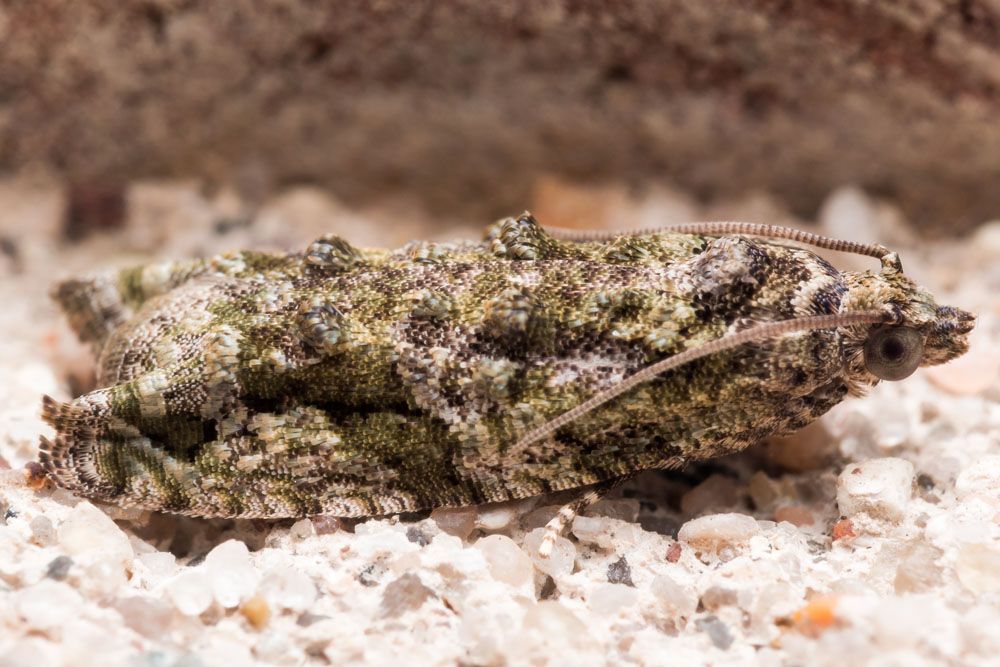
Maple Twig Borer – Proteotera aesculana
Maple Twig Borer (Proteotera aesculana)
Latin Name: Proteoteras aesculana
Common Name: the maple twig borer, early proteoteras, or maple tip moth
Appearance:
Proteoteras aesculana, also known as the maple twig borer, early proteoteras, or maple tip moth, is a Tortricidae moth.
- The wingspan ranges from 11 to 18 mm.
- The adult is a bit light brown moth (less than 1 cm long).
- The larva is a cream-colored caterpillar with a pronounced blackhead that is relatively smooth.
Host plants:
Silver maple, sugar maple boxelder, and bigleaf maple
Territory:
Proteoteras aesculana, also known as the maple twig borer, early proteoteras, or maple tip moth, can be found in the northern United States from coast to coast, from Mississippi in the east to California in the west.
Damages caused by Maple Twig Borer:
Larvae dig into new shoots during the growing season, often killing them and limiting terminal development. The larvae combine frass (expelled from the galleries) and webbing with building shelters around the apertures.
Description about Gall makers:
Gall makers appear quiet, like old buccaneers with no eye patches or shoulder parrots. They quickly and successfully seize their incentives, putting them to work doing their bidding with eye-catching results. Wasps, flies, and a few aphids and mites are gall-producing insects. The gall maker chemically hijacks a leaf bud or other location on a tree to develop a casing of plant tissue that shields and nurtures the gall maker’s growing progeny instead of conveying its booty to a secluded cove. Oak trees attract more than half of these intriguing creatures. Galls can form on leaves, bark, flowers, buds, or roots. The majority of growths, except for some twig and stem galls, have little effect on healthy trees.
Life history and habits:
Adult moths are active from mid-March to early May, with early- to mid-April being the busiest time. Females deposit eggs during this period, most frequently on twigs near green-tipped or opening buds. The caterpillar burrows into the young shoot when the egg hatches and feeds until late May or early June. Before pupating, the adult larva departs the stalk. Pupation takes place in an unknown area. After this generation’s development is complete, a second, shorter phase of adult activity begins in late May or June and ends in July or August. However, following the May-June flying pulse, no evidence of shoot damage caused by the larval stage has been discovered. It’s likely that moths that emerge during this secondary flight pulse look for overwintering places and stay there until the spring.
